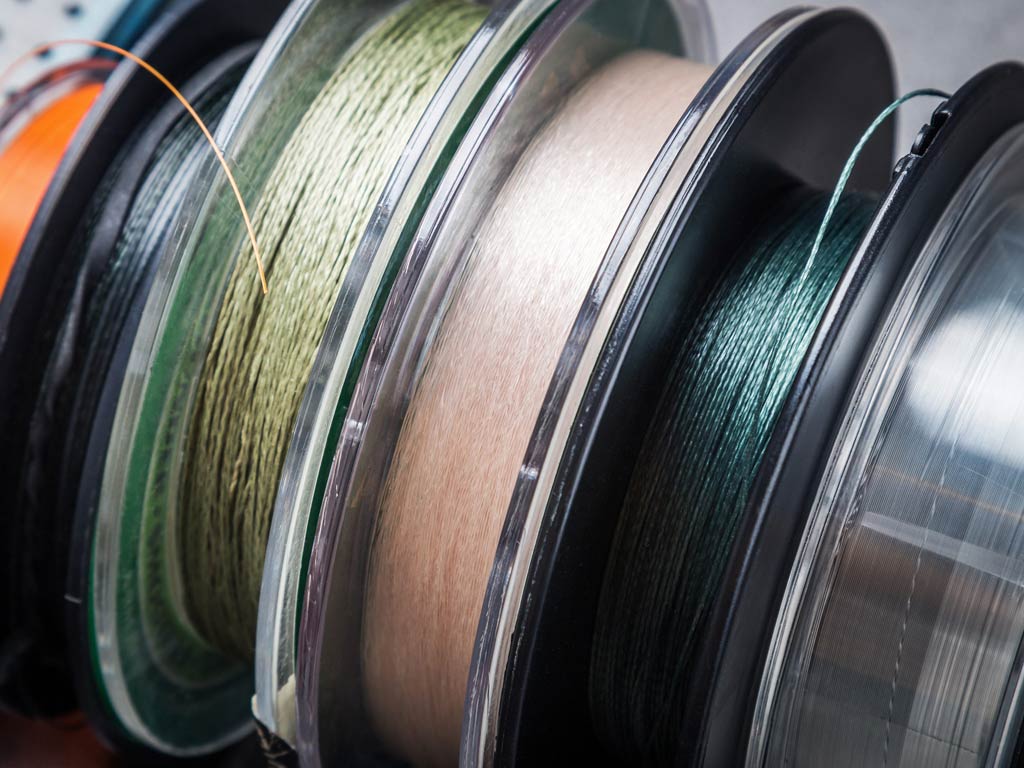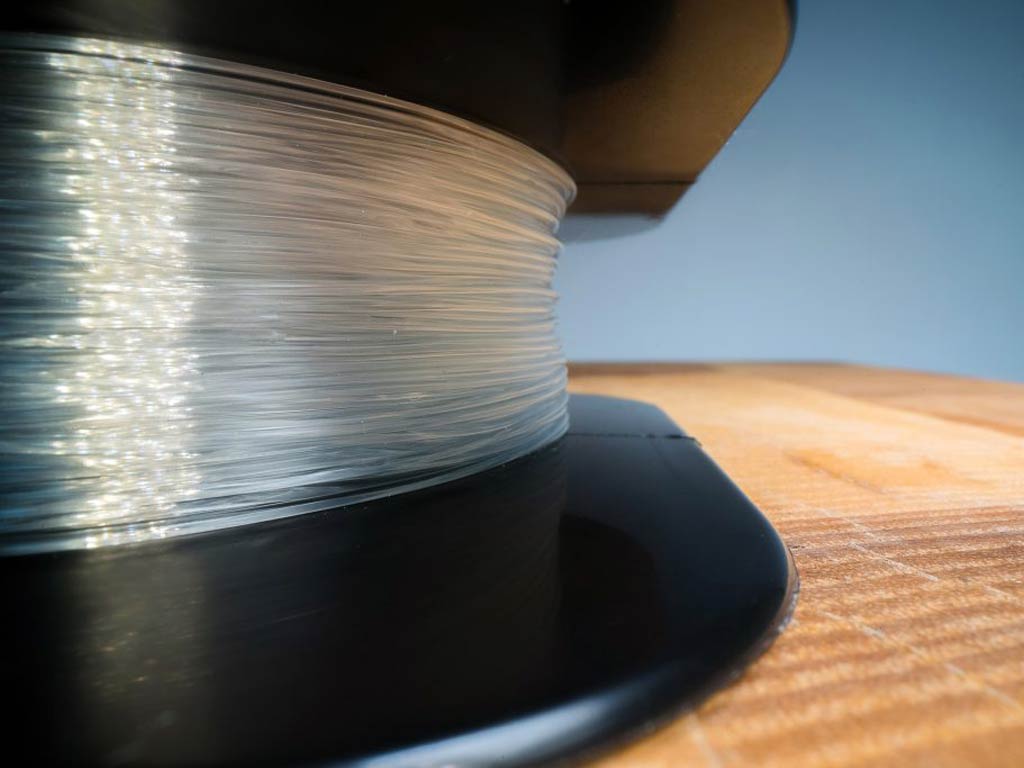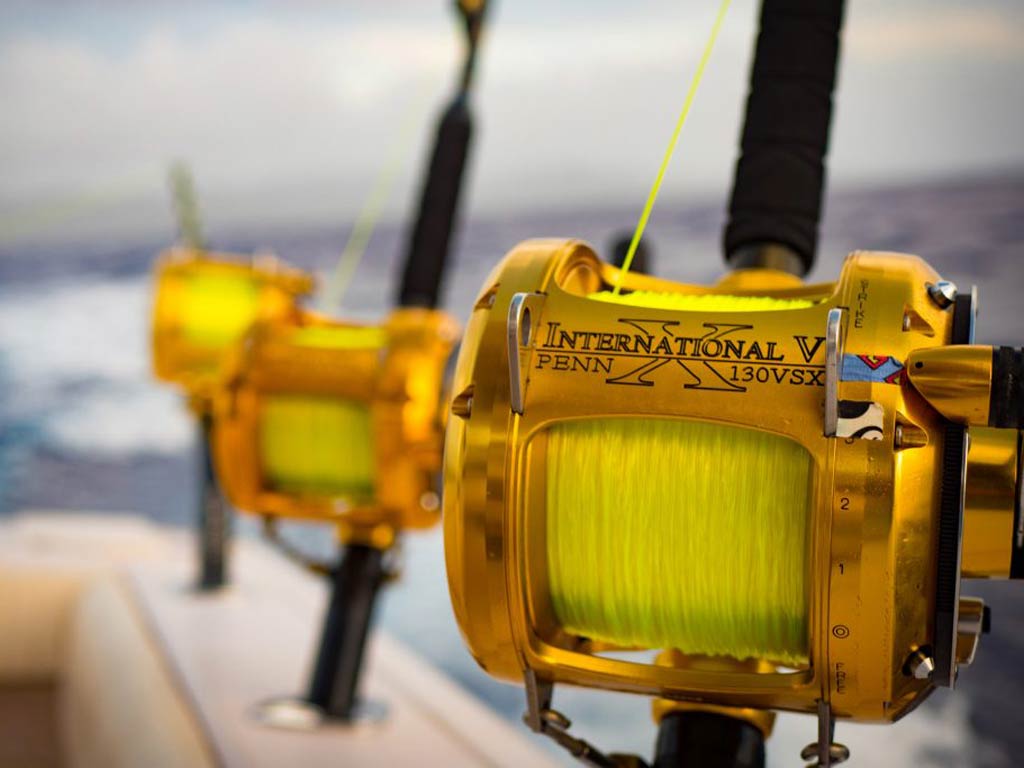Whether you’re an experienced angler or just dipping your toes into the world of fishing, selecting the right fishing line is crucial for success on the water. With a plethora of options available, from monofilament to braided lines, understanding the characteristics and applications of each type is essential. In this guide, we’ll explore the diverse range of fishing lines, shedding light on their pros, cons, and optimal uses.

Understanding Fishing Line Characteristics: Before delving into specific types of fishing lines, it’s essential to grasp the fundamental characteristics that differentiate them. These qualities play a significant role in determining the suitability of a particular line for various fishing scenarios:
- Memory: The tendency of a fishing line to retain its coiled shape or straighten out when spooled off the reel.
- Stretch: The degree to which a fishing line elongates under tension, affecting sensitivity and hook-setting capabilities.
- Shock Strength: The ability of a fishing line to withstand sudden impacts or intense pressure without breaking.
- Abrasion Resistance: The line’s ability to resist wear and tear caused by friction against rocks, debris, or fish with rough scales.
- Buoyancy: Whether a fishing line floats or sinks in water, influencing its suitability for specific fishing techniques.
- Visibility: The degree to which a fishing line is visible to fish underwater, impacting its effectiveness in clear or murky waters.
Monofilament: The Versatile Workhorse Monofilament fishing line, characterized by its single-strand construction, has remained a staple choice for anglers since its inception in the 1930s. Offering versatility and ease of use, monofilament is suitable for various fishing applications.

Pros:
- Affordable and readily available
- Smooth casting and knot retention
- Low memory and high shock strength
- Buoyant nature ideal for surface lures
- Available in different colors for visibility management
Cons:
- Limited durability and susceptibility to abrasion
- High stretch reduces sensitivity and precision
- Unsuitable for deep-water fishing or targeting tough-mouthed species
When to Use Monofilament: Ideal for beginners or casual anglers due to its simplicity and forgiving nature. Suitable for surface fishing, baitcasting, or scenarios where stretch and shock absorption are desirable.
Copolymer: The Enhanced Alternative Copolymer fishing line builds upon the foundation of monofilament, incorporating multiple materials to enhance performance and durability.

Pros:
- Lower stretch than monofilament while maintaining shock strength
- Improved abrasion resistance and knot strength
- Enhanced casting and reduced memory
- Versatile for various fishing techniques and depths
Cons:
- Slightly more expensive than monofilament
- Vulnerable to UV damage and heat degradation
When to Use Copolymer: Ideal for anglers seeking enhanced performance without sacrificing ease of use. Suitable for deep-water tactics, jigging, and suspension rigs.
Fluorocarbon: The Stealthy Solution Fluorocarbon fishing line boasts superior invisibility underwater, making it a favorite choice for anglers targeting wary fish in clear waters.

Pros:
- Virtually invisible underwater
- Exceptional abrasion resistance and longevity
- Low stretch with high sensitivity
- Suitable for precise bottom tactics and finesse fishing
Cons:
- Difficult to tie knots and prone to memory issues
- Relatively expensive compared to other lines
When to Use Fluorocarbon: Ideal for fishing in clear water or scenarios where stealth is paramount. Well-suited for finesse techniques, dropshotting, and leader material for wary predators.
Braid: The High-Performance Option Braided fishing line offers unparalleled strength-to-diameter ratio and minimal stretch, catering to anglers targeting large or hard-fighting species.

Pros:
- Superior strength and thin diameter
- Minimal stretch for maximum sensitivity and precision
- High abrasion resistance and longevity
- Ideal for low-visibility fishing and heavy cover
Cons:
- Highly visible underwater
- Challenging to tie knots and prone to backlash
- Expensive compared to other options
When to Use Braid: Perfect for anglers seeking maximum strength and sensitivity, particularly in low-visibility waters or heavy cover situations. Ideal for deep dropping, precision jigging, and weed-infested areas.
Choosing the Right Fishing Line: While each type of fishing line offers distinct advantages and disadvantages, there is no one-size-fits-all solution. Anglers must consider their fishing style, target species, and environmental conditions when selecting the most suitable line for their needs. By understanding the characteristics and applications of different fishing lines, anglers can make informed decisions to optimize their fishing experience on the water.
Images/Source: FishingBooker





